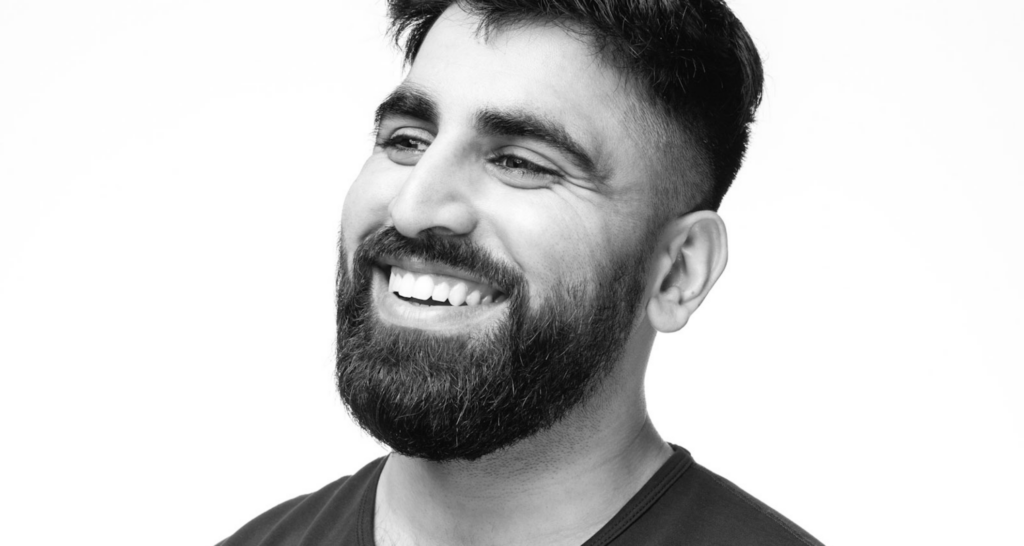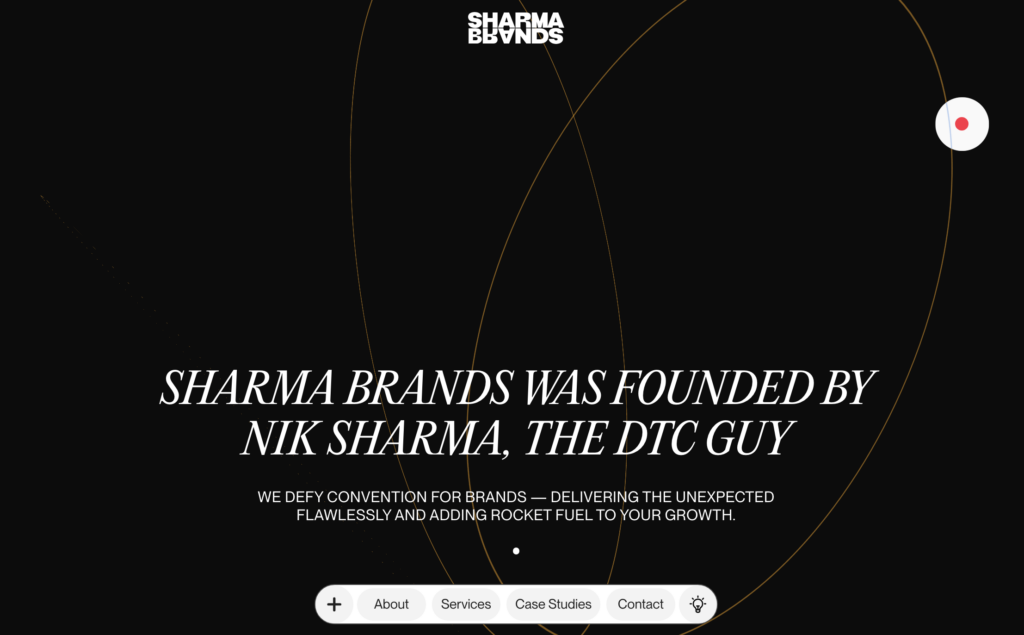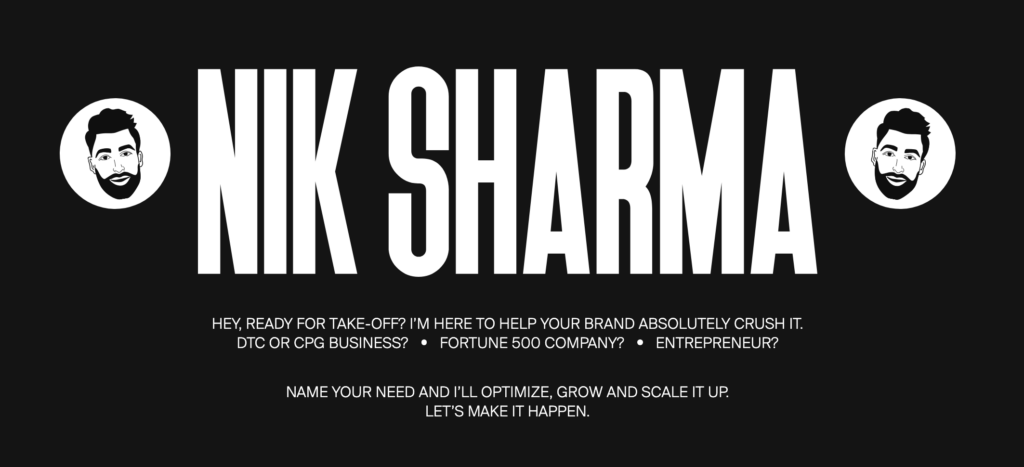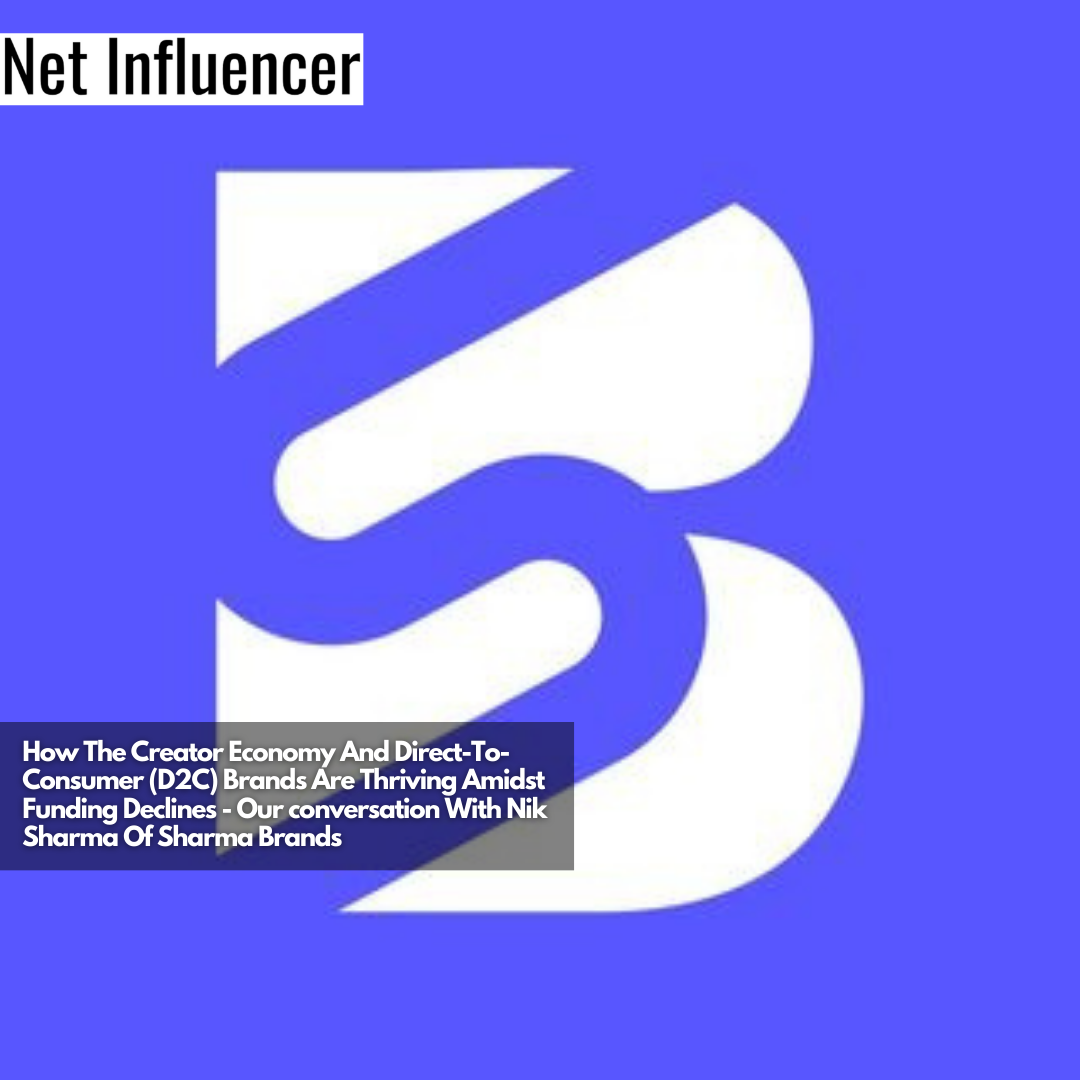Strategy
How The Creator Economy And Direct-To-Consumer (D2C) Brands Are Thriving Amidst Funding Declines – Our conversation With Nik Sharma Of Sharma Brands
In recent years, while traditional funding for direct-to-consumer (D2C) brands has been facing declines and downrounds, there are notable brands that have managed to flourish in this challenging landscape. Brands like Feastables (Mr Beast), Chamberlain Coffee (Emma Chamberlain), and Prime (KSI and Logan Paul) have experienced remarkable success.

To understand this evolving landscape, we spoke with Nik Sharma, the founder of Sharma Brands, an agency specializing in e-commerce and influencer marketing. Nik Sharma is an expert in helping brands navigate the rapidly evolving world of influencer marketing and D2C strategies. He has worked with renowned creators and celebrities, partnering with brands like Feastables and Chamberlain Coffee to successfully launch their ventures.

Through his agency, Sharma Brands, Nik provides comprehensive e-commerce solutions, from website design to packaging and marketing strategies. With his deep understanding of the intersection between media, traditional brands, and the creator economy, Nik offers valuable insights into the opportunities and challenges in this dynamic industry.
How The Creator Economy And Direct-To-Consumer (D2C) Brands Are Thriving Amidst Funding Declines – Our conversation With Nik Sharma Of Sharma Brands
The Power of Engagement and Authenticity
In assessing potential partnerships with content creators, Nik Sharma underscores the significance of two primary aspects: active audience engagement and a genuine passion of the creator to persistently produce content. These elements play a crucial role in establishing a successful collaboration as they directly influence the creator’s capacity to effectively sell products and build a trustworthy and profound bond with their followers. However, it’s critical to note that the popularity of an influencer is not always a guarantee of stellar sales figures.
Sharma shares, “We’ve partnered with creator brands expected to hit it out of the park, but they only fulfill their contractual obligations, like participating in photo shoots or posting once or twice a month.” He adds, “We prefer working with creators who display entrepreneurial instincts. They need to be true to themselves and resonate with their audience.”
Moreover, mismatches between the creator’s personal brand and the product they are endorsing can be a significant setback. Sharma points to a case where an influencer, primarily focused on merchandising, struggled with promoting a flavored water product.
This discordance between the influencer’s brand identity and the product impaired their credibility and the effectiveness of their promotional efforts. It underscores the fact that for influencer collaborations to deliver peak performance, there needs to be strategic alignment between the creator, the product, and the target audience.
The Rise of Consumables in the Creator Economy

A noteworthy shift in the creator economy is the move from collectibles and merchandise towards consumable products. Sharma points out, “The ideal business model is one with high consumption, high repeat purchases, mid to high average order value, and products that are light to ship and yield low returns.” Creators have seized upon the opportunity to share their personal solutions to various problems, capitalizing on the trust they’ve established with their followers and their followers’ eagerness to engage with their lifestyle.
Sharma refers to the triumph of Dani Austin, an Instagram influencer who introduced a haircare line named Divi. The brand reported an impressive $40 million in revenue in its first year, entirely self-funded. While direct-to-consumer (D2C) strategies significantly contribute to the success of creator brands, Sharma underlines the profound influence of retail partnerships. By pairing the widespread reach of influencers with the accessibility of physical stores, considerable growth can be achieved. The capacity to create vast impressions and tap into impulse buying behaviors in retail settings further drives the success of these brands.
The Disconnect in Silicon Valley’s Investment Approach
Despite the flourishing creator economy and the remarkable success of direct-to-consumer (D2C) brands, Nik Sharma points out a significant disconnect between Silicon Valley investors and the realities of this dynamic industry. Many of these investors often lack practical operational experience and tend to be driven by hype and personal interest rather than possessing a deep understanding of the businesses they invest in.
This disconnect has led to a series of consequences, including inflated valuations and unrealistic expectations that are difficult to meet. As a result, both investors and creators have faced financial setbacks and challenges in achieving sustainable growth.
One notable consequence of this investment approach is the misallocation of funding, with capital flowing to the wrong places. The ease of securing funding in the past created an environment where numerous similar brands emerged, all vying for market share. This led to a saturation of the market, a lack of product differentiation, and a race to the bottom in terms of pricing.
For instance, in the men’s skincare, meal kit delivery, and mattress industries, numerous brands entered the market, offering almost identical products, thereby diluting the value proposition and making it difficult for any single brand to stand out. This oversaturation and lack of strategic differentiation resulted in a challenging environment for both investors and brands, hampering their growth potential and hindering the overall development of the industry. The creator economy and the startup ecosystem that has emerged around it are not immune to this.
Moreover, the focus on hype-driven investments and the pursuit of quick returns have overshadowed the long-term value and potential of many creator-led ventures. Nik cites that many Silicon Valley investors often overlook the fact that building a successful brand in the creator economy requires time, patience, and a deep understanding of the target audience. By prioritizing short-term gains, investors miss out on the opportunities to nurture and support creators who have the potential to become influential brands with lasting impact.
The Long-Term Growth Potential of Creator Brands
Nik Sharma emphasizes that successful e-commerce and CPG brands take time to establish themselves. The hype cycles that investors chase often fail to capture the long-term value creation potential of these businesses. Building a brand and creating genuine excitement around a product cannot be rushed. The example of Hex clad, a brand that gained significant traction after ten years, exemplifies the importance of patience and strategic growth.
Opportunities for Traditional Brands
Nik Sharma advises traditional brands to invest time in understanding the creator economy and its unique dynamics. Collaborating with creators requires a deep understanding of their needs and goals, whether it’s reach, alignment, or content creation. Building relationships and fostering trust within the creator community is essential for successful partnerships. Sharma also suggests that brands consider the long-term rewards of supporting creators and the positive impact it can have on their own brand image and market value.
Advice for Creators
If Sharma could go back in time and advise early-stage creators he would emphasize the importance of not selling out and being selective with collaborations. He encourages creators to prioritize maintaining trust with their audience and ensuring fair compensation for their work. Sharma also advises creators to seize opportunities for monetization while staying true to themselves and their content.





















